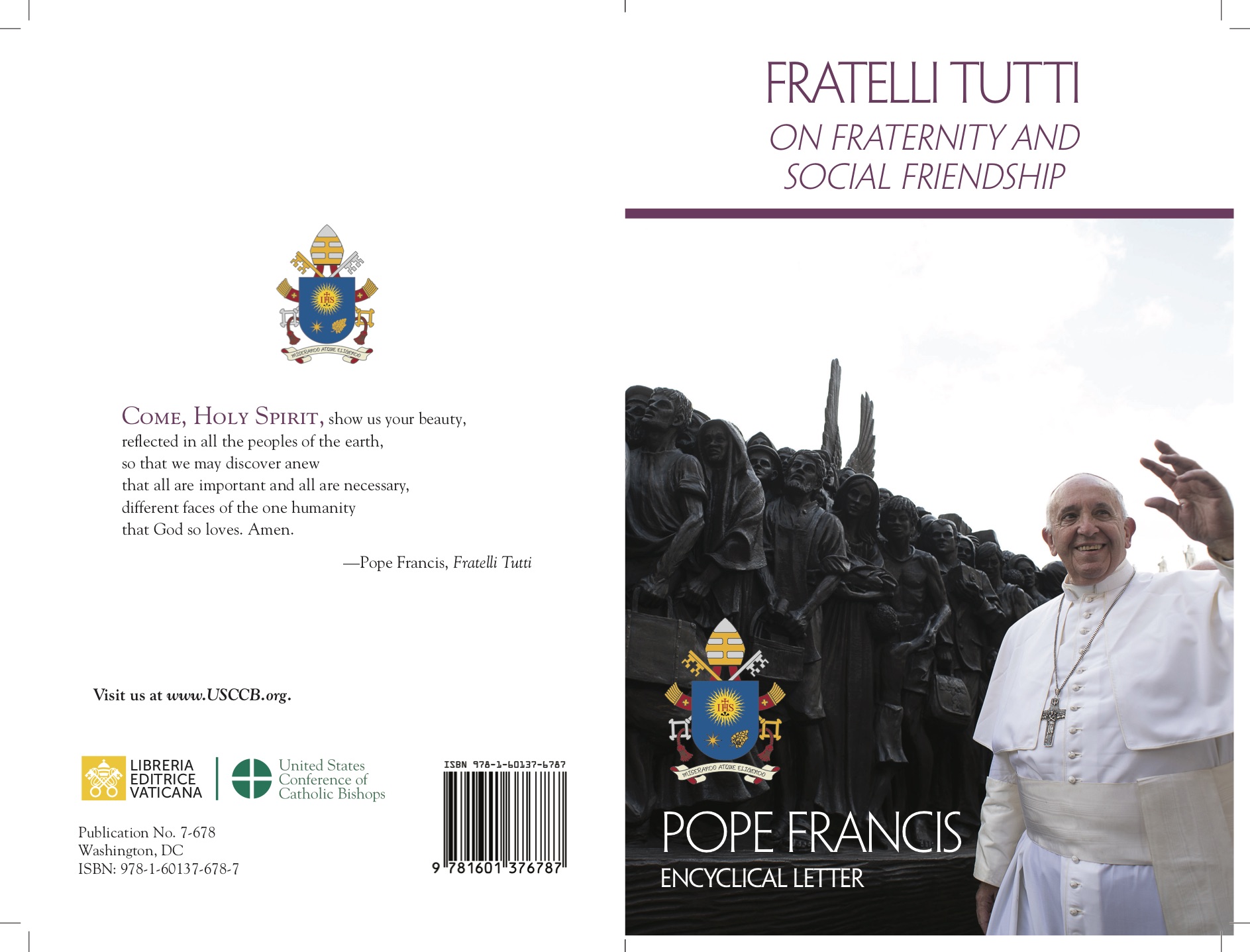
There is an episode in Italian history that has never been told—a story of the defeated that has resurfaced thanks to the research of a Salesian nun. It took place immediately after the fall of Fascism, which collapsed at the height of a terrible conflict that was simultaneously a war of liberation, a civil war, and a class war. The partisans sang “Pietà l’è morta”—“Pity is dead”—a tragically fitting sentiment.
That war, like all wars, including those of today, is a testament to the depths of human cruelty but also an opportunity for extraordinary and exemplary acts of generosity.
What happened in 1945 on a small patch of land in Tuscany, between Livorno and Pisa, in a reclaimed agricultural area known as Coltano, has to be recounted. Here, after the hostilities had ended in April, the Allies used bulldozers and herbicides to create a massive internment camp for prisoners of war who had served in Benito Mussolini’s army, as well as many civilians who had held prominent roles in the Regime. They were rounded up en masse. Behind the barbed wire of Coltano, 40,000 prisoners were confined, ranging in age from nine to 80 years old, gathered from all over Italy. They endured minimal food rations, inadequate medical care, and overcrowding in barracks and small Canadian tents, with no shade or shelter, exposed to the sun by day and the cold by night, often at the mercy of the elements.
Weeks turned into months as they waited to understand what would become of them. All were swallowed into a kind of black hole, marked by intense internal tensions and the imposition of discipline that often bordered on cruelty. For months, chaos reigned. “The camp held petty thieves and SS soldiers, young men forced into conscription, unlucky individuals who had unwittingly hitched rides on American trucks, orphans, the elderly, and, surprisingly, even 994 partisans”, recounts Sister Maria Stella Calicchia in her invaluable book, 1945: le Figlie di Maria Ausiliatrice “angeli” di Coltano [1945: The Daughters of Mary Help of Christians, ‘Angels’ of Coltano] (ETS Publishing).
Since the United States had not recognized Benito Mussolini’s Italian Social Republic, the Americans refused to extend the guarantees of the Geneva Convention to its army. This decision had severe consequences, starting with food rations that fell below the minimum requirements. Even the International Red Cross was not permitted to visit the prisoners.
Then something, happened—something incredible and never before revealed, as Sister Calicchia recounts. By a twist of fate, a subtle move by the Americans, or perhaps Divine Providence, on June 26, an American in uniform appeared at the door of the Santo Spirito Institute of the Daughters of Mary Help of Christians in Livorno, just as the school activities had ended. He was a certain Lieutenant Maramore, recently assigned to Coltano. The lieutenant requested Italian language lessons because he had been assigned to oversee a section of the internment camp and did not know how to communicate with the prisoners. His teacher was Sister Flora Fornara. At the same time, a desperate mother searching for news of her son arrived in Livorno and was welcomed by Sister Teresa Beccaria.
At that time, under the direction of Pope Pius XII, the Holy See was deeply concerned with all situations of hardship affecting the population, particularly prisoners. The Archbishop of Pisa, Monsignor Gabriele Vettori, aware of the conditions in Coltano, which was within his diocese, sought a way to gain access to the camp.
A bond of mutual trust developed between Sister Fornara and Lieutenant Maramore. This facilitated Sister Beccaria’s request: to find out if the son the mother so desperately sought was in the camp, and how he could be freed. The inspector, Sister Lelia Rigoli, took up the challenge and quickly arranged a meeting between the camp commander and the two sisters. A spark was ignited.
On July 21, with the support of the American lieutenant, Archbishop Vettori was also granted access to the camp. Thanks to the agreements made by the sisters with the American command, the framework for minimal spiritual assistance was established. Communication with the outside world transitioned from a clandestine system to an organized and authorized one. From the Diocese of Pisa, a message spread across all dioceses in Italy, which began sending letters and packages. From the Holy See, military chaplain Don Antonio Fusco obtained portable field altars. The Americans set up tent chapels in each of the ten enclosures, which served as places of worship and also as “post and package offices.” The commander also agreed to release many children under the age of 14.
The contact between the sisters and Lieutenant Maramore marked the beginning of a massive operation that no one has ever recounted: the dioceses of Livorno and Pisa became central hubs for sorting mail to and from the dioceses of origin of the prisoners. The sisters were the only ones who had partial and disorganized lists—not even alphabetized—of the 40,000 people detained at Coltano. Fifteen sisters were assigned to the task, working day and night to read, write, and catalog thousands of incoming and outgoing letters, prepare packages, and assist the families.
Word spread. Hundreds of thousands of families, who had heard nothing about their loved ones, wrote to the Salesian sisters. Through a tireless and steadfast effort of love and charity, the sisters were able to respond to many of them, offering news that rekindled hope in their hearts. The sisters were inundated with telegrams, letters of all kinds, and direct visits. “There was also the issue of hosting young wives and mothers who undertook dangerous journeys through an Italy still ravaged in the immediate aftermath of the war”, they recalled.
As months passed, with diseases spreading and the appalling sanitary conditions worsening, the Washington government decided to rid itself of the problem. On August 30, 1945, it transferred the management of Coltano to the newly established Italian government. While the administration became more humane, it also became, if possible, even more impoverished, as Rome was in no position to care for 40,000 internees. A swift emptying of the camp was decided upon. Commissions were established to assess the status of each prisoner, conducting summary inquiries to distinguish those responsible for war crimes (who would be sent to prison) from those who had simply obeyed conscription orders. A sign was placed at the camp gate in the name of the Holy See, indicating that the Daughters of Mary Help of Christians could be contacted for assistance. Finally, by mid-November, the camp at Coltano was empty. The "spark" that had started from a series of chance encounters grew into a "fire of charity," demonstrating how the intuition and resilience of these women of God achieved what power and masculine strength could not.
By Francesco Grignetti
Francesco Grignetti is a journalist for the Italian daily newpaper, “La Stampa”.













 Purchase the Encyclical here Fratelli Tutti
Purchase the Encyclical here Fratelli Tutti
